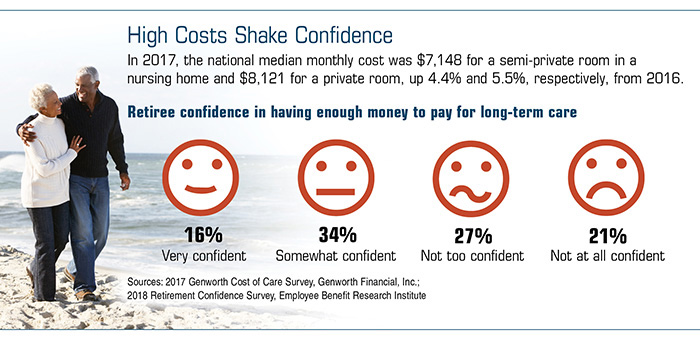Pacific Prime - The Facts
Pacific Prime - The Facts
Blog Article
The Greatest Guide To Pacific Prime
Table of ContentsWhat Does Pacific Prime Do?Get This Report on Pacific PrimeSome Known Details About Pacific Prime Getting The Pacific Prime To WorkThe Ultimate Guide To Pacific Prime

This is since the information were collected for a period of strong economic performance. Of the estimated 42 million individuals who were without insurance, just about regarding 420,000 (concerning 1 percent) were under 65 years of age, the age at which most Americans come to be eligible for Medicare; 32 million were adults between ages 18 and 65, around 19 percent of all adults in this age group; and 10 million were kids under 18 years old, about 13.9 percent of all youngsters (Mills, 2000).
These price quotes of the number of persons without insurance are generated from the annual March Supplement to the Existing Populace Study (CPS), carried out by the Census Bureau. Unless or else kept in mind, nationwide estimates of people without health insurance policy and proportions of the populace with various kinds of coverage are based on the CPS, the most commonly utilized source of quotes of insurance policy protection and uninsurance prices.
Get This Report about Pacific Prime

Still, the CPS is particularly useful due to the fact that it generates annual price quotes fairly swiftly, reporting the previous year's insurance protection estimates each September, and because it is the basis for a regular collection of estimates for greater than twenty years, allowing for evaluation of patterns in coverage in time. For these reasons, along with the substantial use the CPS in various other research studies of insurance policy protection that exist in this record, we count on CPS estimates, with constraints noted.

The estimate of the variety of uninsured people increases when a populace's insurance coverage standing is tracked for a number of years. Over a three-year duration beginning early in 1993, 72 million individuals, 29 percent of the U.S. https://www.blogtalkradio.com/pacificpr1me. you could check here population, lacked insurance coverage for at the very least one month. Within a solitary year (1994 ), 53 million people experienced a minimum of a month without protection (Bennefield, 1998a)
Six out of every 10 uninsured grownups are themselves employed. Although working does boost the chance that a person and one's household members will certainly have insurance, it is not a guarantee. Also members of family members with two permanent breadwinner have virtually a one-in-ten possibility of being uninsured (9.1 percent without insurance rate) (Hoffman and Pohl, 2000).
5 Simple Techniques For Pacific Prime
New immigrants account for a considerable percentage of individuals without medical insurance. One analysis has associated a substantial section of the recent growth in the size of the united state without insurance population to immigrants who arrived in the nation in between 1994 and 1998 (Camarota and Edwards, 2000). Current immigrants (those that came to the United States within the past four years) do have a high price of being without insurance (46 percent), but they and their children account for just 6 percent of those without insurance policy nationally (Holahan et al., 2001).
The relationship between medical insurance and access to care is well developed, as documented later in this chapter. The relationship in between health and wellness insurance and health outcomes is neither straight neither straightforward, an extensive scientific and health solutions research literature web links health and wellness insurance protection to enhanced access to care, far better top quality, and boosted personal and population health standing.
Levels of analysis for examining the results of uninsurance. It focuses especially on those without any health and wellness insurance coverage for any kind of length of time.
Some Of Pacific Prime
The issues encountered by the underinsured are in some areas similar to those dealt with by the without insurance, although they are usually less severe. Wellness insurance, nevertheless, is neither needed neither adequate to obtain access to medical solutions. The independent and direct impact of health insurance policy coverage on accessibility to health solutions is well established.
Others will get the healthcare they need also without health insurance policy, by paying for it expense or seeking it from providers that offer care cost-free or at extremely subsidized prices. For still others, health insurance policy alone does not ensure receipt of treatment due to various other nonfinancial obstacles, such as a lack of healthcare companies in their community, minimal access to transportation, illiteracy, or etymological and social differences.
Pacific Prime for Dummies
Official research about uninsured populations in the United States dates to the late 1920s and early 1930s when the Committee on the Expense of Healthcare generated a collection of records regarding financing medical professional workplace brows through and hospitalizations. This problem came to be significant as the varieties of clinically indigent climbed during the Great Anxiety.
Report this page